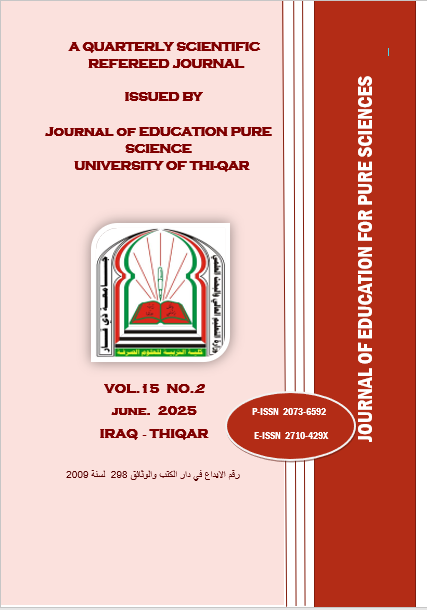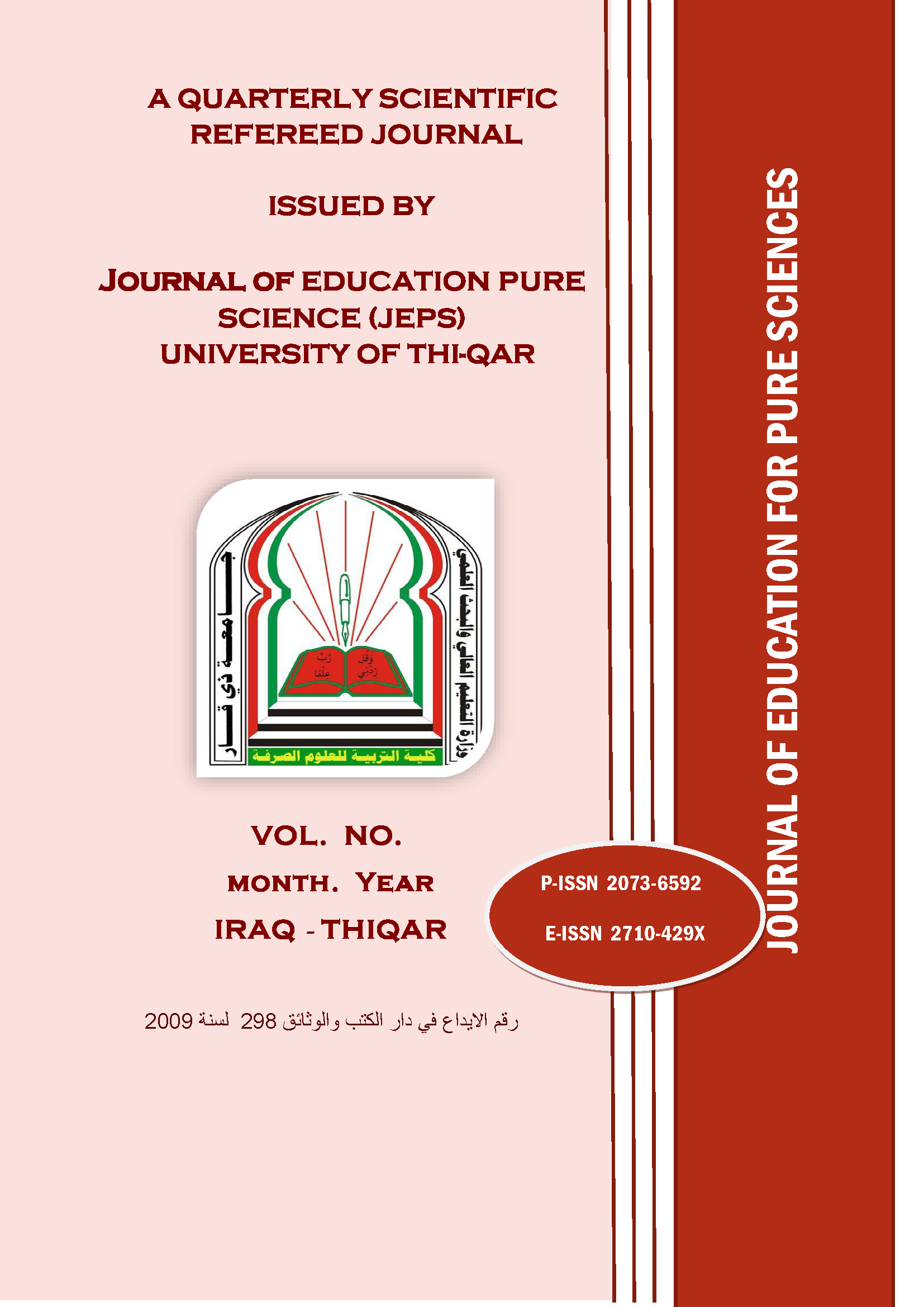Improving DNA microarray classification with graph-based gene selection and maximum Clique (MC)
DOI:
https://doi.org/10.32792/jeps.v15i2.453الكلمات المفتاحية:
Microarray data classification ,Gene selection, graph, LS-SVM, maximum Cliqueالملخص
Abstract:
Nowadays, one of the most important uses of molecular biology for disease detection is microarray data analysis. Gene selection, which searches for a subset of genes with the lowest internal similarity and highest relatedness to the target class, is an important task in microarray data processing. Data dimensionality can be reduced by removing duplicate, annoying, or unnecessary information. This study uses graph theory to support the gene selection strategy for disease diagnosis. To improve diagnostic skills, this study proposes a gene selection technique to evaluate DNA microarray data that takes advantage of graph theory and social network analysis. Gene selection effectively addresses this problem because it reduces computational complexity while increasing the classification accuracy of microarray data. This research proposes a unique gene selection method based on social network analysis. The two primary goals of the proposed approach are to reduce redundancy and increase its relevance for the selected genes. This algorithm iteratively determines the maximum population size in each cycle. Then, using node clustering, relevant genes are selected from this community's list of genes currently present. According to the published results, the new gene selection method will reduce time complexity while improving microarray data's classification accuracy. The LS-SVM classifier was used to test the suggested approach on several sets of data, with the main focus of the study being classification accuracy. With an average classification accuracy using LS-SVM, the findings demonstrated notable increases in classification accuracy. The study demonstrated that the suggested methodology can efficiently identify genes and greatly increase classification accuracy by utilizing a variety of metrics to assess them. These findings demonstrate how well the suggested strategy analyzes microarray data and increases classification accuracy, which represents a significant advancement in the field of gene expression-based illness categorization.
التنزيلات
منشور
إصدار
القسم
الرخصة
الحقوق الفكرية (c) 2025 Journal of Education for Pure Science

هذا العمل مرخص بموجب Creative Commons Attribution-NonCommercial-NoDerivatives 4.0 International License.
The Authors understand that, the copyright of the articles shall be assigned to Journal of education for Pure Science (JEPS), University of Thi-Qar as publisher of the journal.
Copyright encompasses exclusive rights to reproduce and deliver the article in all form and media, including reprints, photographs, microfilms and any other similar reproductions, as well as translations. The reproduction of any part of this journal, its storage in databases and its transmission by any form or media, such as electronic, electrostatic and mechanical copies, photocopies, recordings, magnetic media, etc. , will be allowed only with a written permission from Journal of education for Pure Science (JEPS), University of Thi-Qar.
Journal of education for Pure Science (JEPS), University of Thi-Qar, the Editors and the Advisory International Editorial Board make every effort to ensure that no wrong or misleading data, opinions or statements be published in the journal. In any way, the contents of the articles and advertisements published in the Journal of education for Pure Science (JEPS), University of Thi-Qar are sole and exclusive responsibility of their respective authors and advertisers.


